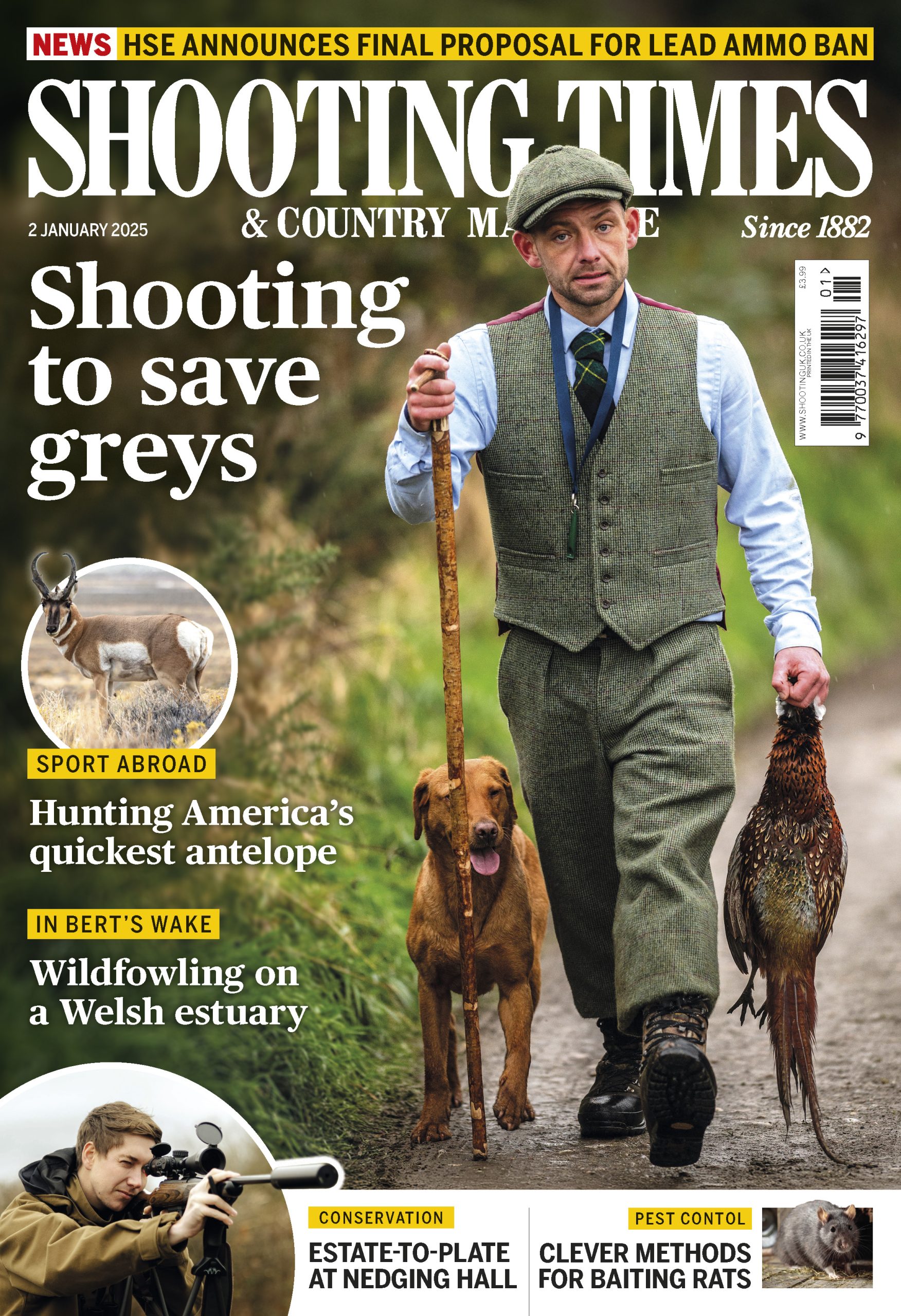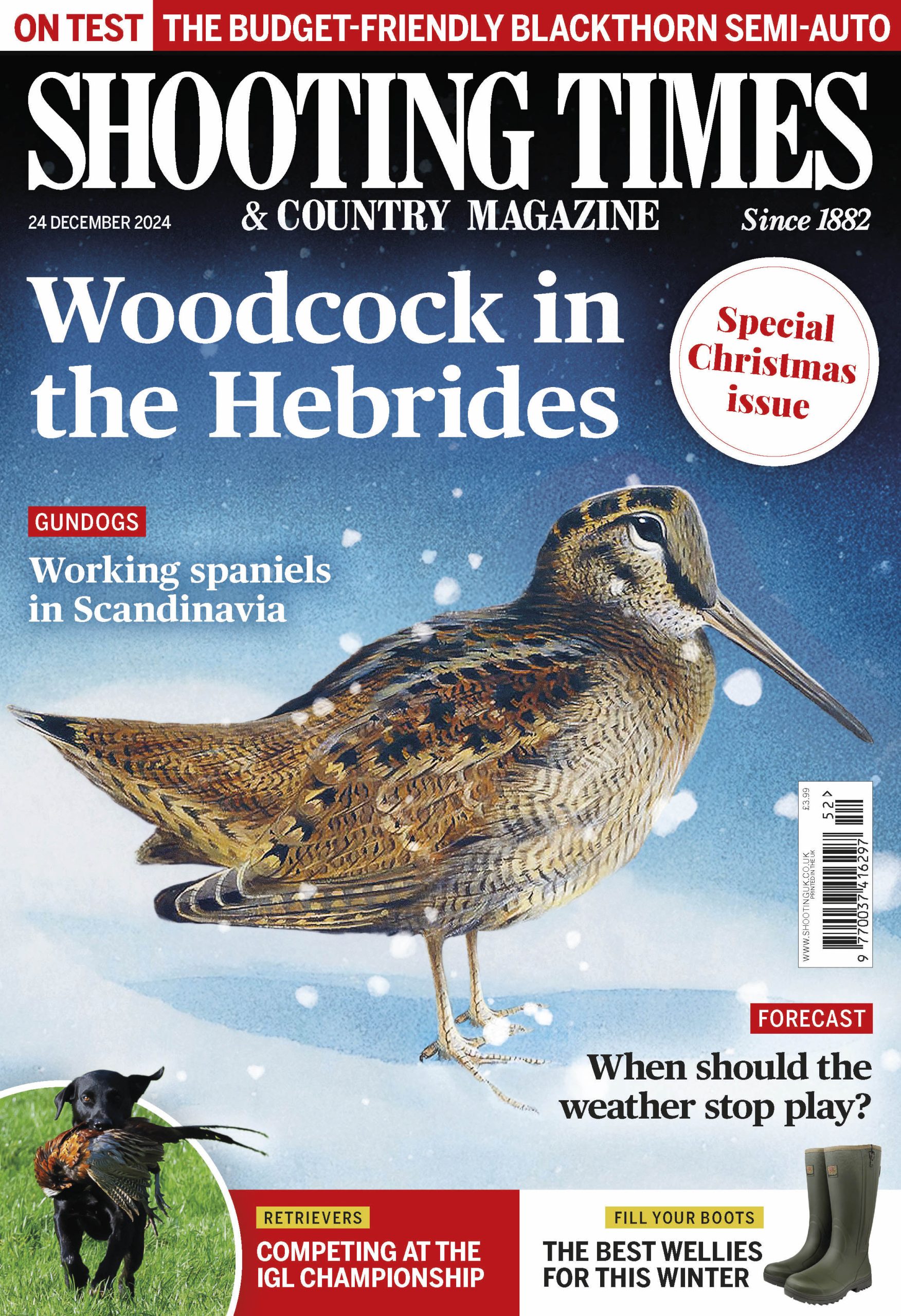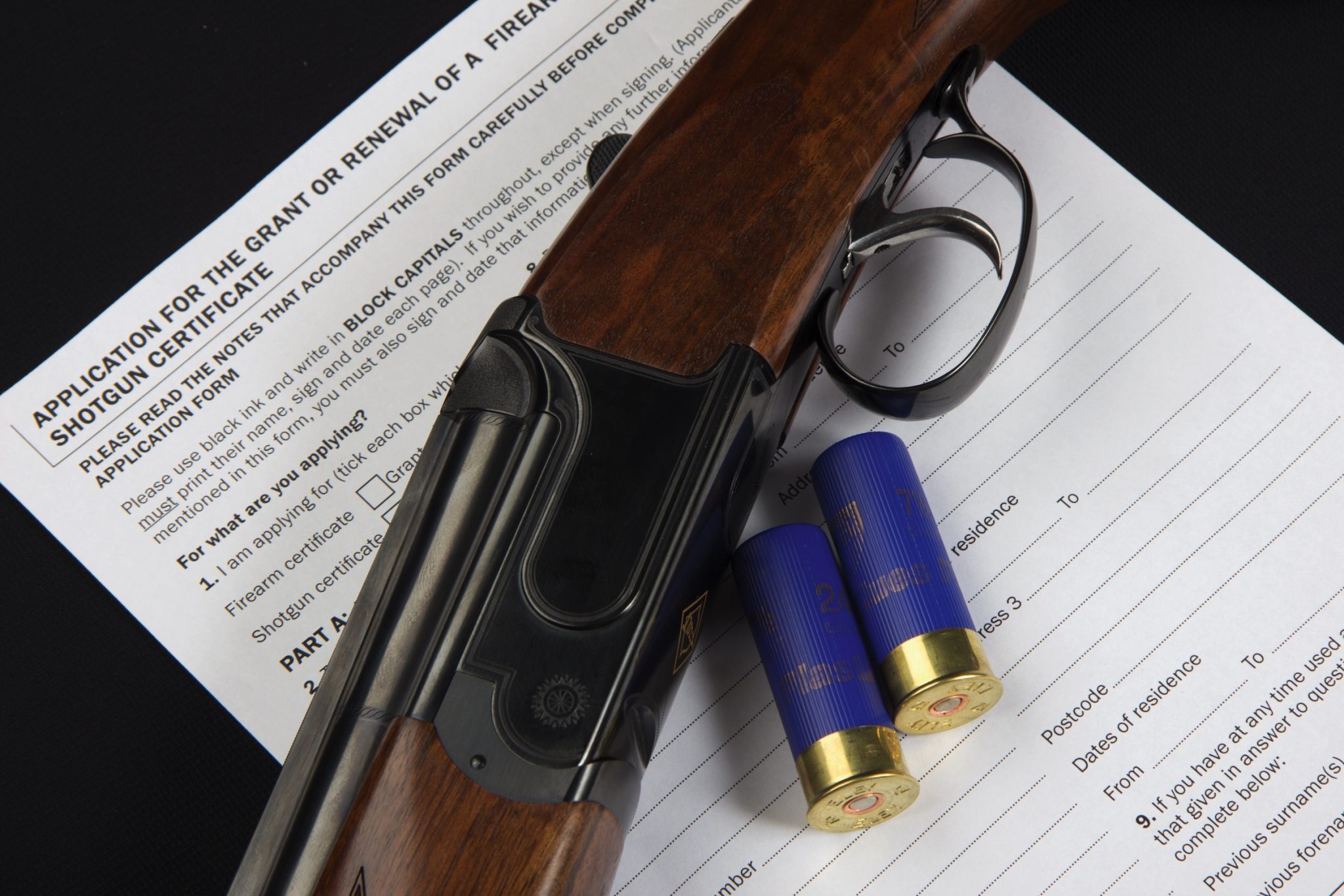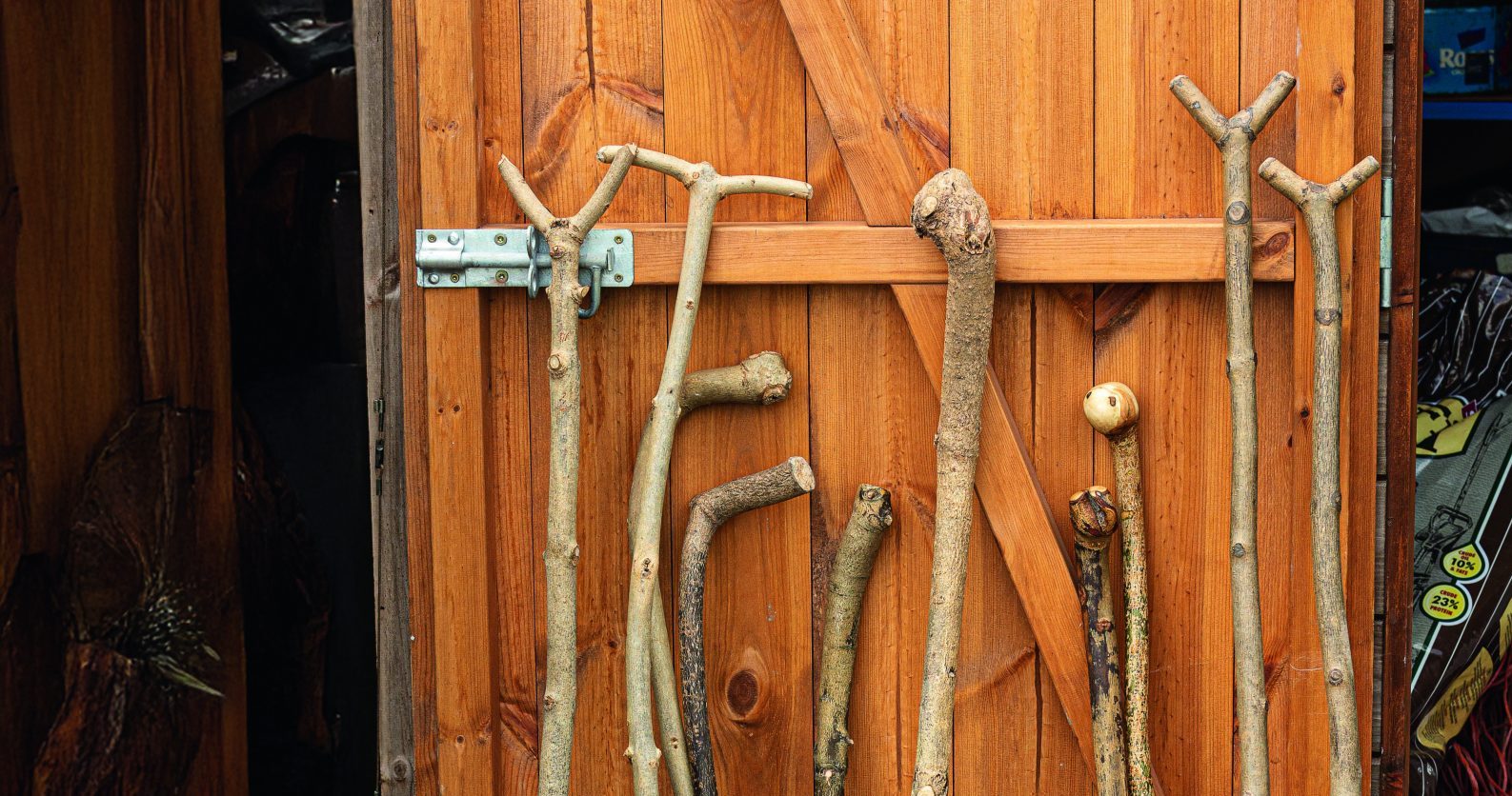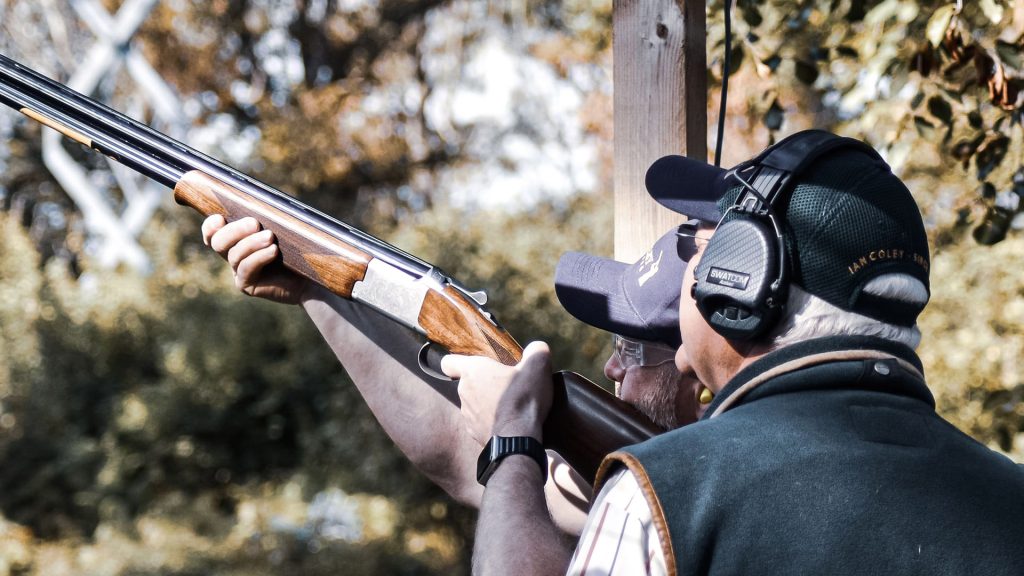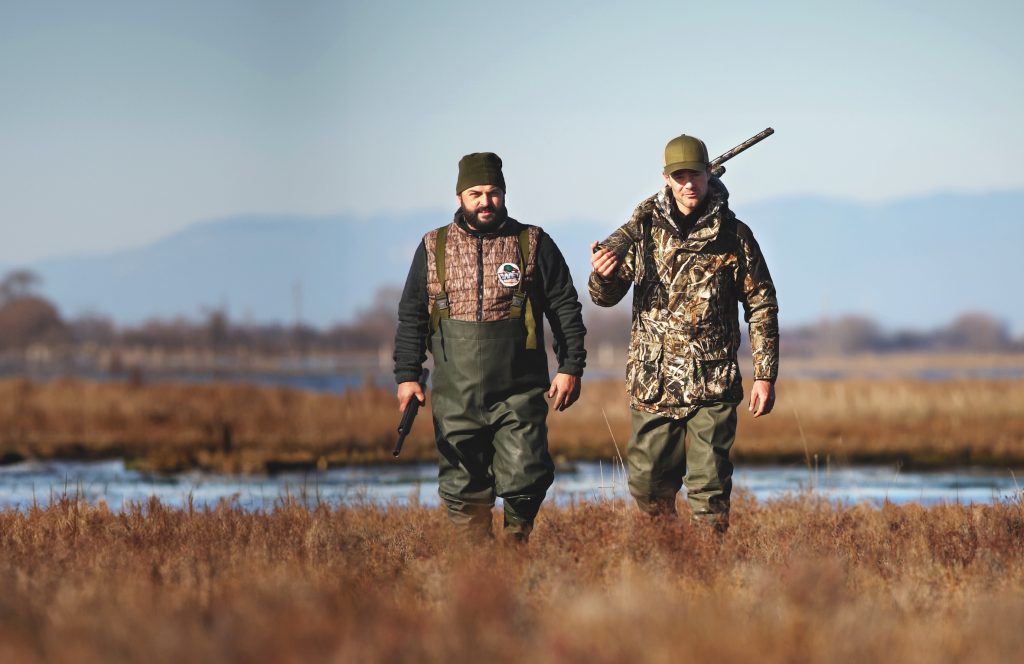Win CENS ProFlex DX5 earplugs worth £1,149 – enter here
For deer stalking, is .243 calibre too small?
Deer stalking: Is .243 calibre too small for anything other than roe deer and foxes?
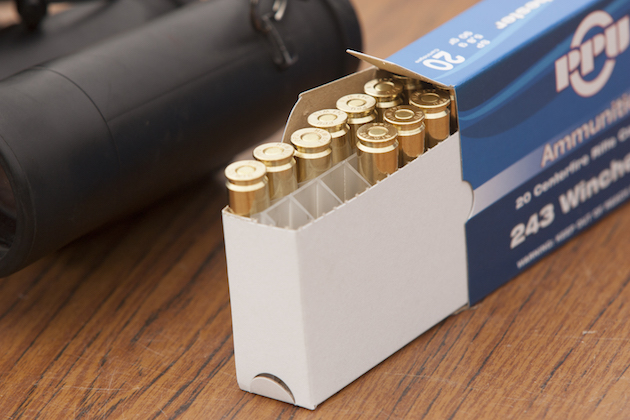 The .243 is a popular calibre for deer stalking
The .243 is a popular calibre for deer stalking
Are large calibres better than small calibres for deer stalking?
A: (George Wallace)
There is a technical reason for preferring big bores.
There are two ways of producing a humane kill.
First, you can use a high-velocity small bore which seems to produce a level of shock to the animal’s system above and beyond what one might expect from such a light bullet.
And then there’s the larger bore with a heavier bullet which kills by making a big hole and letting all the blood out.
The first can kill in spectacular fashion with the target animal dropping as if struck by lightning.
However, they can also fail equally spectacularly if you don’t put the bullet in the right place.
A big bullet of larger diameter and at moderate velocity is usually far less dramatic and an animal hit by one may appear completely unaffected for a moment before suddenly collapsing.
Less meat damage
Either one kills perfectly well if the shooter does his part but I am personally happier with the bigger bore because they do a lot less meat damage and because the bullets don’t fragment inside the animal, spraying shards of copper and lead all over the place.
If you have no rangefinder and need to shoot routinely at 300 or 350 yards, then high velocity is certainly a big help; but at shorter ranges, where trajectory doesn’t matter so much, I am happier, much happier, with the performance of a bigger, slower bullet.
Related Articles
Get the latest news delivered direct to your door
Subscribe to Shooting Times & Country
Discover the ultimate companion for field sports enthusiasts with Shooting Times & Country Magazine, the UK’s leading weekly publication that has been at the forefront of shooting culture since 1882. Subscribers gain access to expert tips, comprehensive gear reviews, seasonal advice and a vibrant community of like-minded shooters.
Save on shop price when you subscribe with weekly issues featuring in-depth articles on gundog training, exclusive member offers and access to the digital back issue library. A Shooting Times & Country subscription is more than a magazine, don’t just read about the countryside; immerse yourself in its most authoritative and engaging publication.
